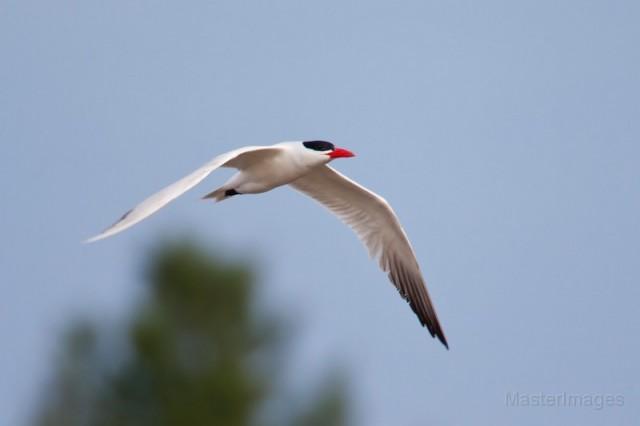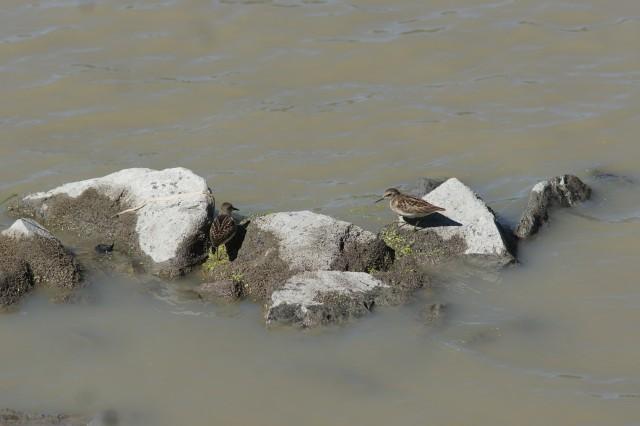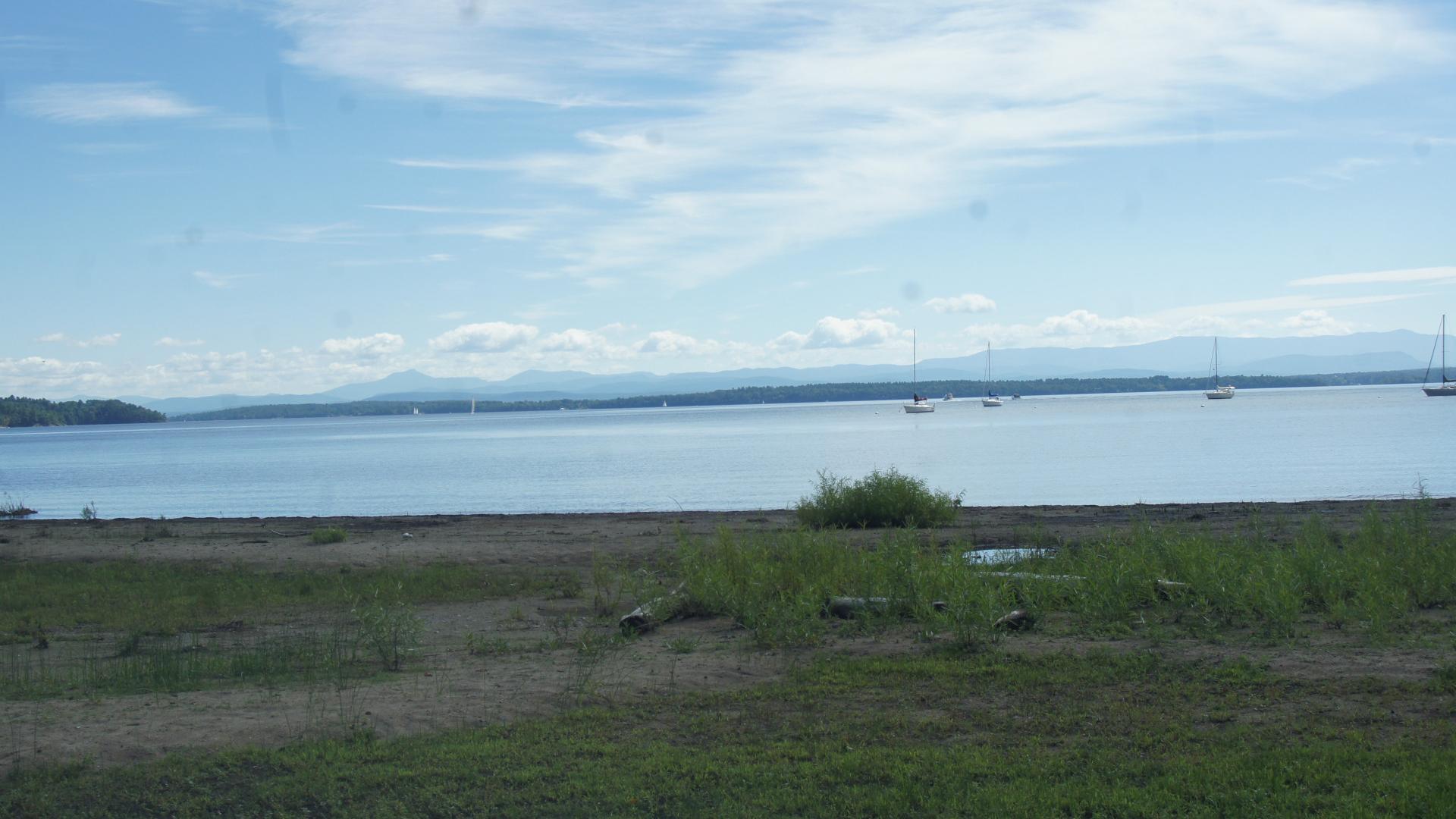A friend and I went birding in the Champlain Valley this past weekend looking for late summer birds. All told we found better than 70 species and started our day at the Westport boat launch. There we found a horned grebe in splendid breeding plumage – its yellow tufts and rufous neck looking great in the sunlight. We generally only find horned grebes during the cold months when they are in their black and white winter plumage so this was a treat. We also noted three common goldeneye at the boat launch – another species which we usually only find during the fall and winter. There were also a few Caspian terns flying around – our largest species of tern.
From Westport we worked our way south to Crown Point, finding a few ospreys, and many cedar waxwings and eastern kingbirds along the way. We crossed into Vermont and headed to Dead Creek Wildlife Management Area – just a few miles from the bridge – where we birded for a few hours. Dead Creek is composed of a variety of wetland and brushy edge habitats and we were soon finding birds there.

We noted quite a few flycatchers in addition to the plentiful kingbirds. These included great-crested flycatcher, willow flycatcher, eastern phoebe, and several eastern wood pewees. We also found other songbirds the most prominent of which were both red-eyed and warbling vireos.
But it was the potential for migrating shorebirds which had drawn us there, and we noted 11 species of shorebirds on the trip. Sandpipers, plovers, and other shorebirds migrate south from the arctic during the second half of summer, and the Champlain Valley is the best place in the region to find them. And the wetland habitats and small mudflats of Dead Creek WMA – just a stone’s throw from the Champlain Bridge – offer some of the best places to search for them. For the most part, we found common species such as killdeer, and least, solitary, and spotted sandpipers as well as both greater and lesser yellowlegs. But we did note other less common species, such as pectoral sandpiper and a short-billed dowitcher mixed in. And even though none of the species were particularly uncommon, it was fun to see shorebirds close to home all the same.

After checking out a few access points at Dead Creek, we came back across the bridge to Crown Point where we spotted ospreys and a few gulls while chatting with a participant in the French-Indian War encampment happening at Crown Point State Historic Site. We then drove north of Westport where we birded along a few farm roads as the afternoon shadows stretched towards evening.
The hedgerows and fields had many birds including a few indigo buntings, many kingbirds and waxwings, and large numbers of both red-winged blackbirds and bobolinks – flocked up for the impending southbound migration. Bobolinks make a bink call note which is often heard this time of year and the flock was a nice end to our day. After all, while our earlier stop for ice cream had sustained us for a while, dinner was calling us home.
